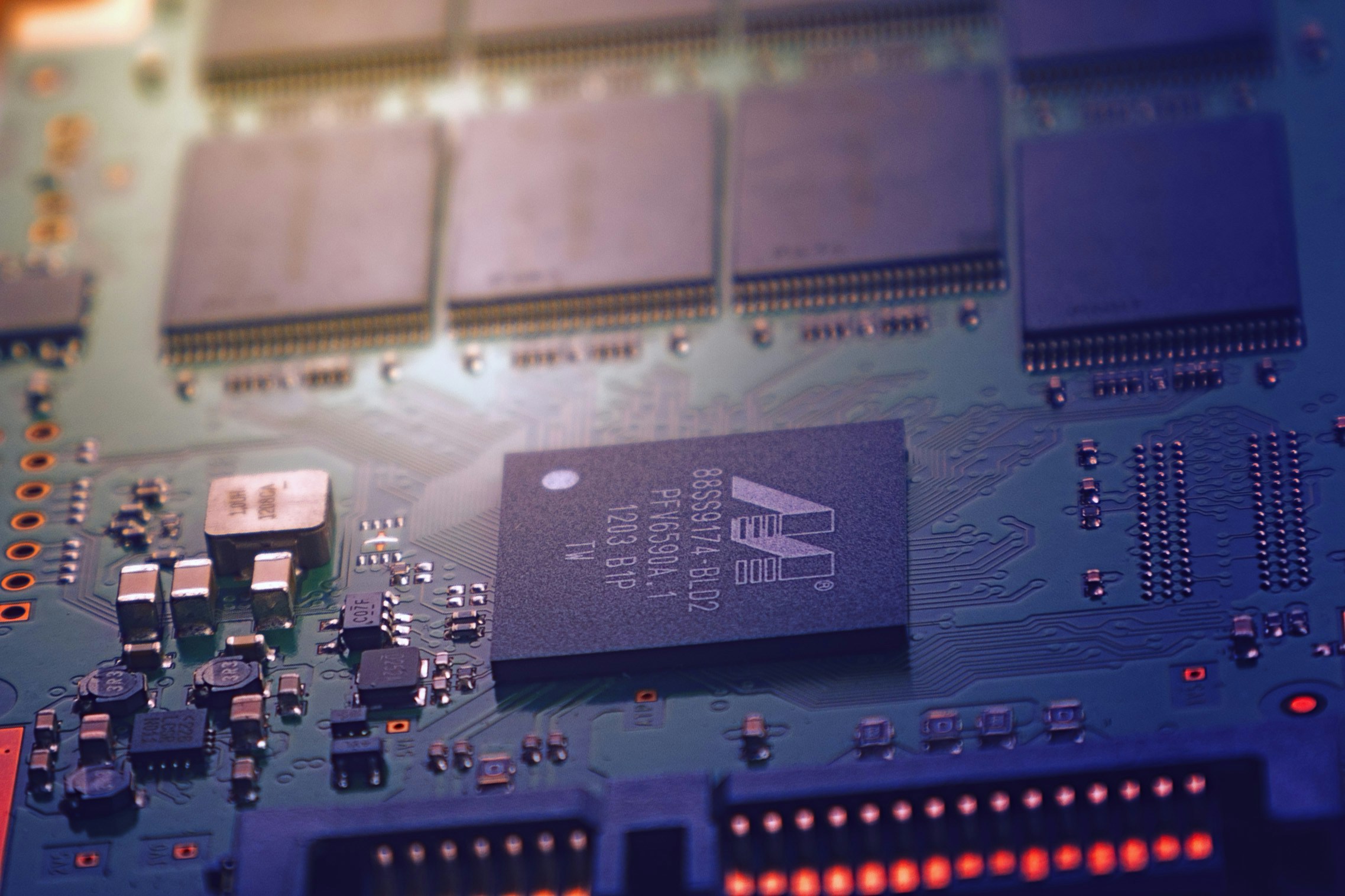"Merging Realities: The Future of AR and VR in Tech"
Our reality is on the brink of a major transformation. Augmented reality (AR) and virtual reality (VR) are no longer just sci-fi fantasies. They're here, and they're changing the way we interact with technology and each other. In this article, we delve into the exciting developments in AR and VR that are pushing the boundaries of our experiences.

The Past and Present: Early Days of AR and VR
While the concepts of AR and VR have been around for decades, it wasn’t until the 21st century that they started to become more mainstream. One of the earliest examples of AR technology was the ‘Heads Up Display’ used in military aircrafts during the 1950s. In contrast, the idea of VR has its roots in the 1960s, with the ‘Sensorama’ machine that could simulate different realities.
Fast forward to today, and we have tech giants like Google, Facebook, and Apple investing billions into these technologies. From Google’s ARCore to Apple’s ARKit and Facebook’s Oculus Rift, AR and VR have become increasingly integrated into the tech landscape.
The Latest Developments: AR and VR Today
In recent years, AR and VR technologies have seen significant advancements. For instance, Microsoft’s HoloLens 2 offers an immersive mixed reality experience, allowing users to interact with holograms in their physical environment. Meanwhile, Facebook’s Oculus Quest 2 takes VR gaming to a whole new level, with its wireless design and high resolution display.
Market Impact and Future Prospects
According to reports, the AR and VR market is projected to reach $209.2 billion by 2022, a significant leap from just $27 billion in 2018. This growth is fueled by the increasing adoption of these technologies in various sectors, from gaming and entertainment to education and healthcare.
However, despite the impressive growth, AR and VR technologies are not without their challenges. One of the major hurdles is the high cost of VR hardware, which makes it less accessible for the average consumer.
The Next Frontier: What Lies Ahead
As we look to the future, the potential applications of AR and VR technologies are limitless. Imagine being able to teleport to a virtual meeting space, or having a virtual personal assistant who can handle your day-to-day tasks. Or how about immersive virtual tours that allow you to explore the world from the comfort of your home?
The possibilities are endless, and with tech giants continuously pushing the boundaries, we can expect to see even more exciting developments in the years to come.
In conclusion, AR and VR technologies are revolutionizing our experiences and reshaping our realities. As these technologies continue to evolve, we can look forward to a future where the lines between the physical and virtual worlds blur, offering us new and exciting ways to interact with the world around us.




